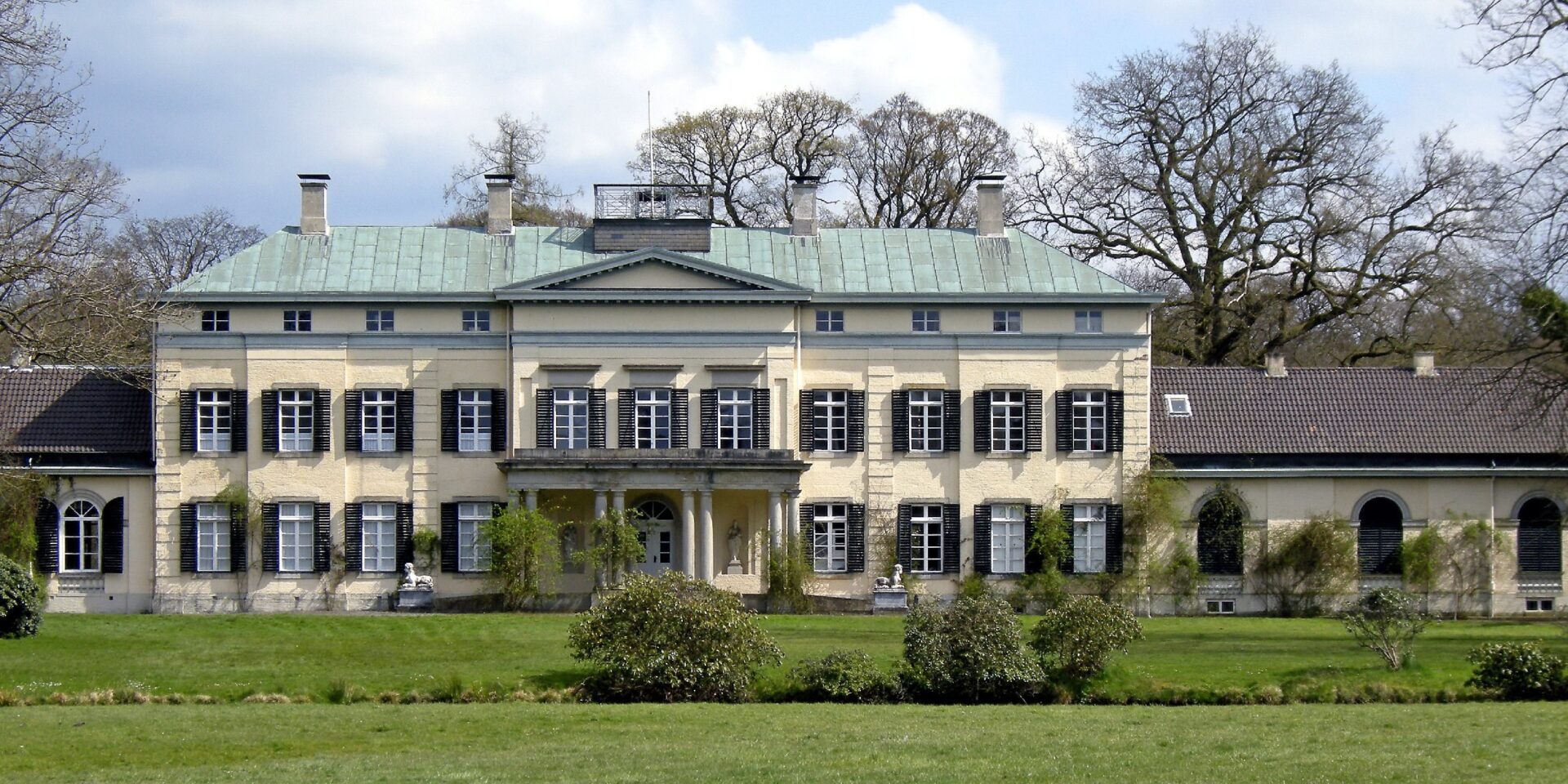At first glance, you wouldn't think it, but the Rastede Castle stands on foundation walls that are almost a thousand years old. Where the long main building is located today, there used to be the house of the abbot of the famous Benedictine monastery of Rastede.
During the Middle Ages, this monastery was the cultural centre of the county of Oldenburg.
Even today, there are witnesses to this great past, such as the precious illuminated manuscript of the "Sachsenspiegel", a medieval law collection written here, or the "Rasteder Klosterchronik", which marks the beginning of Oldenburg historiography. It was not until the introduction of the Reformation that the monastery came to an end. In 1529, the Oldenburg counts had the last monks dismissed, whose lives seemed to have been no longer very God-fearing anyway. In addition to this, the count's house confiscated the monastic properties. The famous Count Anton Günther had a "pleasure and hunting house" built here later, which he loved very much. In 1667, after ruling for 64 years, he retired here in advanced age to die. He was the last Count of Oldenburg because he had no legitimate successor. And so he left his mourning subservient to a rather uncertain future because the inheritable kin was the Danish royal house in faraway Copenhagen.
But even during the Danish period, Rastede initially remained a noble seat: Princess Sophie Eleonore von Holstein-Beck, who came from a Danish collateral line, held court here in keeping with her station. After her death, however, the Danes no longer had any use for the outdated residence and sold it to the judicial councillor von Römer. He had the area transformed into a representative country residence and, in keeping with the contemporary taste, almost completely removed the remaining residues of the medieval building fabric.
In 1777, three years after Oldenburg had become a sovereign state again, Duke Peter Friedrich Ludwig acquired the historically significant estate, with which it returned to the possession of the ruling Oldenburg family. The duke subsequently had the palace restored to its present condition. The signature of the builders, who have also left their mark on the classicist appearance of Oldenburg to this day, is easily recognisable here. The surrounding area of the palace was redesigned in the sense of the ducal residence: The Marstall was built to the left of the main building and the Kavalierhaus for guests to the right, as well as the two gatehouses on both sides of the approach road.
Until the November Revolution in 1918, the palace served as a summer residence for the reigning grand dukes. And it is still owned by the Ducal family today.
